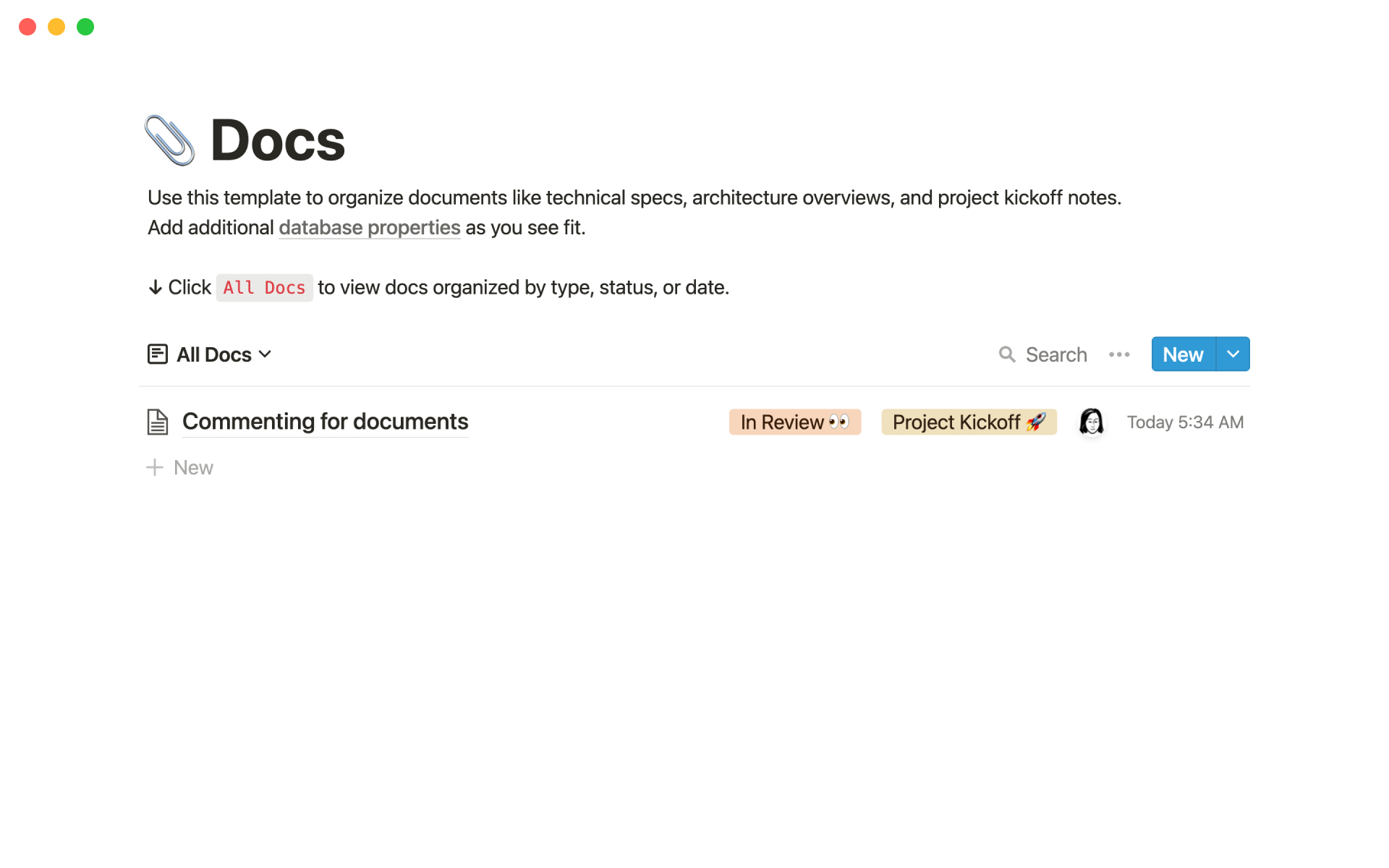For mechanical engineers, creating detailed engineering tech specs is imperative for ensuring that projects are defined accurately and executed efficiently. These documents serve as a roadmap, outlining technical requirements, and setting clear expectations for team members and stakeholders. An engineering tech spec template can simplify this process, providing a structured format for capturing essential details, thus saving time and minimizing the risk of oversight. Before diving into crafting your own engineering tech spec, explore the examples provided to streamline the process and enhance your project's clarity and precision.
What Should Engineering Tech Spec Templates Include?
Choosing the right Engineering Tech Spec Template is crucial for streamlining project documentation and ensuring all critical information is captured effectively. Here are key components to look for:
Comprehensive Requirements Section: This part should clearly outline the project's technical and functional requirements. It ensures all team members understand the scope and specifications.
Design Details: A good template will include a section dedicated to the design aspects of the project, detailing engineering drawings, schematics, and system layouts.
Implementation Timeline: Look for templates that feature a detailed timeline, offering a clear schedule of milestones and deadlines to keep the project on track.
Testing and Validation Protocols: Essential for any engineering project, this component should guide the testing phases and criteria for validation, ensuring the final product meets all specified requirements.
Selecting a template with these components will not only aid in maintaining consistency across projects but also enhance communication and efficiency within your engineering team.
What Should Engineering Tech Spec Templates Avoid?
Choosing the right Engineering Tech Spec Template is crucial for streamlining project documentation. However, certain elements can complicate rather than simplify your workflow. Here are three key components to steer clear of:
Overly Complex Formulas: Templates with intricate calculations can be error-prone and difficult to adapt. Opt for simplicity to enhance usability and accuracy.
Excessive Jargon: While technical terms are necessary, overusing jargon can make the document inaccessible to new team members or non-specialist stakeholders.
Irrelevant Sections: Avoid templates that include unnecessary sections which do not directly contribute to your project's goals. This can lead to confusion and bloated documents.
Remember, the best templates are those that balance detail with clarity and flexibility, helping you to focus on the engineering challenges at hand rather than wrestling with documentation.













